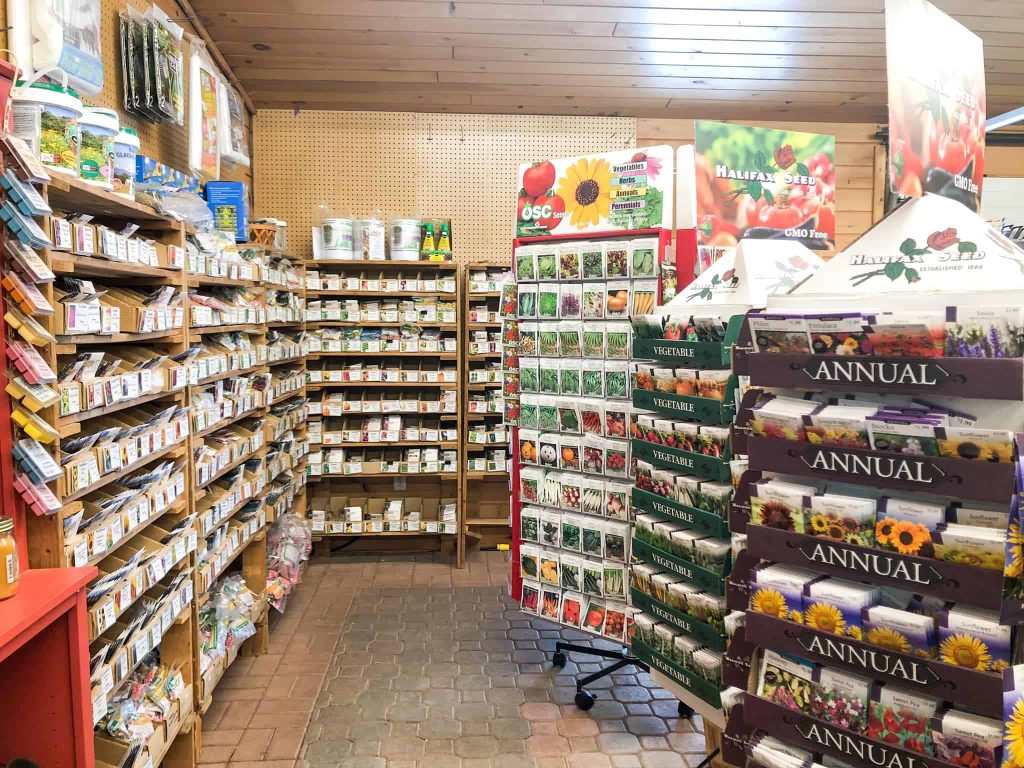February is the month most gardeners spend salivating over the most recent Veseys Seed catalogue seeing what’s new and even more wonderful than last year. Plans for the vegetable garden, lists made, ordering completed. Great fun!
And usually in a month’s time when I start getting seed trays and pots out, I’ll discover the cache I put away last year: leftover seed I didn’t use and envelopes labelled ‘Betty Burns Broad Beans’ or ‘Kiss Me Over the Garden Wall’ that others have shared with me. But will the seeds still grow?
The answer largely depends on how they were stored.
In nature, seeds can stay viable in the soil for years. If conditions aren’t right for germination this year, they’ll lay in wait for years until they are.
As where plants need moisture, warmth and sunlight, stored seeds require the direct opposite: dry, cool and dark. The Svalbard Global Seed Vault is located in an abandoned coal mine on a Norwegian island in the arctic and stores seeds at a temperature of 0 degrees F (-18 C).
Not sure if your seeds are good? Take a moist paper towel, place it in a saucer and lay 10 seeds from each packet on it. Add a tablespoon of water, cover in plastic wrap and place in a warm place. After 48 hours remove the plastic wrap and closely look at them. The seeds that are viable (still have life) will appear plump and shiny. If the majority of them look this way, then they’re safe to plant.
If you collect seeds throughout the season, keep them in paper packets or envelopes (I used to buy something called a payroll envelope) and store them in a shoe box or metal cookie tin with holes punched in it for air circulation. Place in a cool, dark place and put an alert on your calendar for the middle of January, 2022. Happy Gardening!
Garth Davey, Mar. 2021



